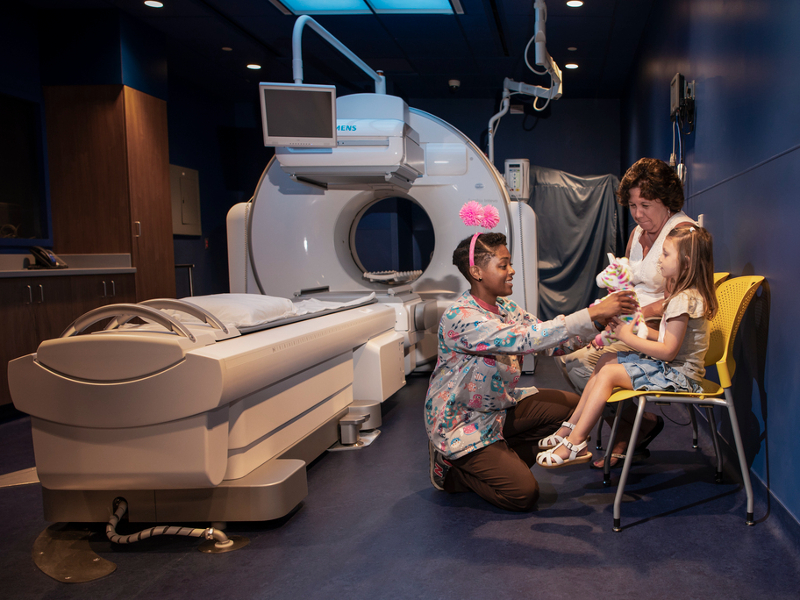Treatment
Pediatric Esophageal Dilatation
The esophagus, which is the tube that carries food from the mouth to the stomach, can become narrowed and cause swallowing difficulty. Causes of this narrowing include stricture formation, usually after surgery, allergies, or even injury from caustic substances. Dilatation is when a high-pressure balloon is inserted into the esophagus and inflated to open up these narrowed portions.
Frequently Asked Questions
How is an esophageal dilatation performed in children?
Will my child feel any pain during an esophageal dilatation procedure?
Will my child be awake for the esophageal dilatation procedure?
What are the risks of esophageal dilatation in children?
How do my child and I prepare for the esophageal dilatation procedure?
What should we expect after the esophageal dilatation procedure?
When can my child resume normal activity after an esophageal dilatation procedure?
Contact Children's National Hospital immediately if your child experiences any of the following:
Meet the Esophageal Dilatation Providers
Departments that Offer Esophageal Dilatation

Interventional Radiology
Children's National interventional radiologists perform a full range of minimally invasive, image-guided procedures to both diagnose and treat disease in infants, children and adolescents. Learn more about how we help children in our care.

Help Kids and Make a Difference
Invest in future cures for some of life's most devastating diseases. Give today to help more children grow up stronger.







